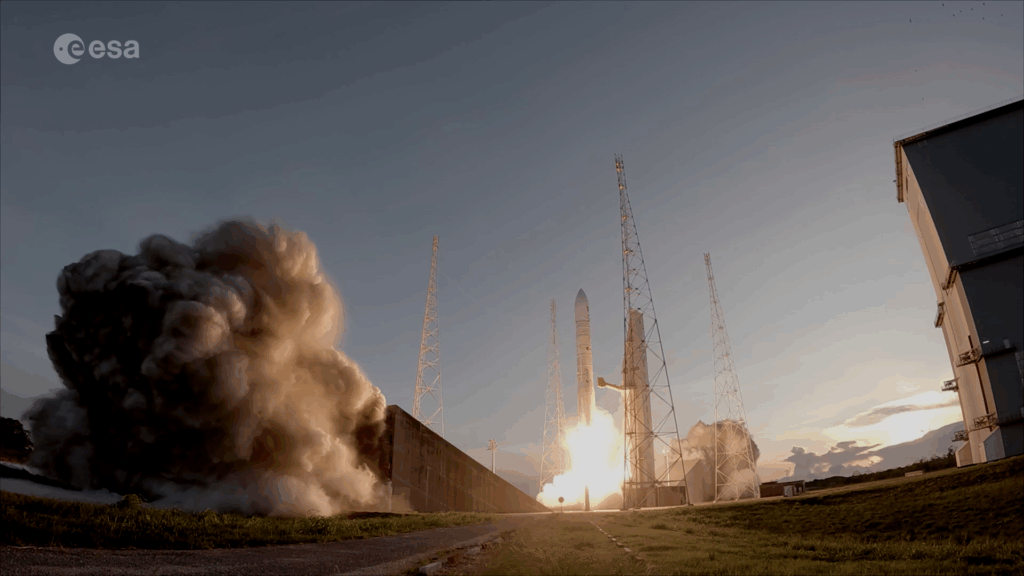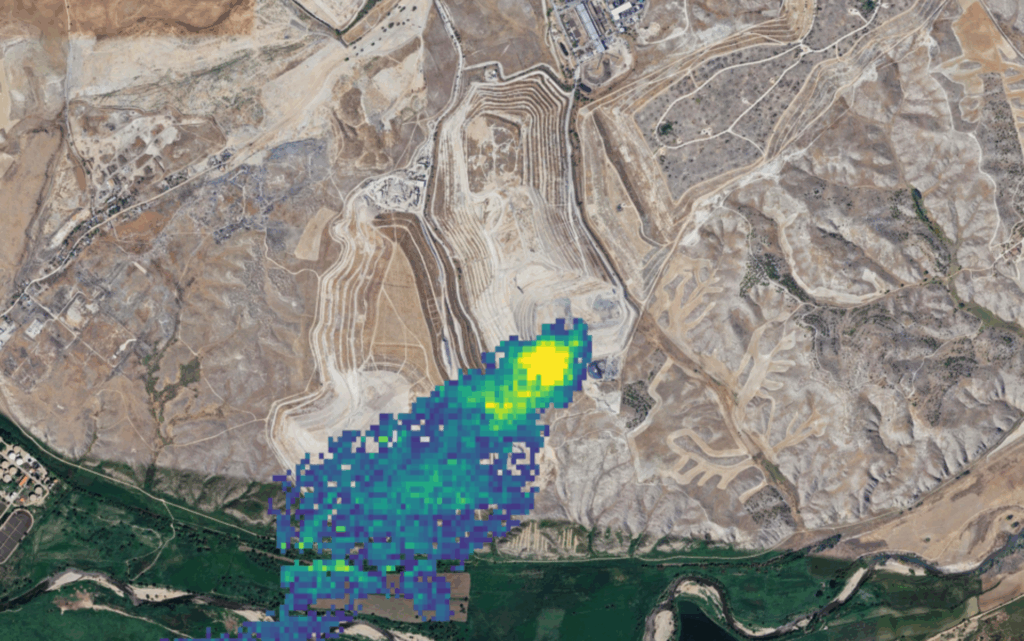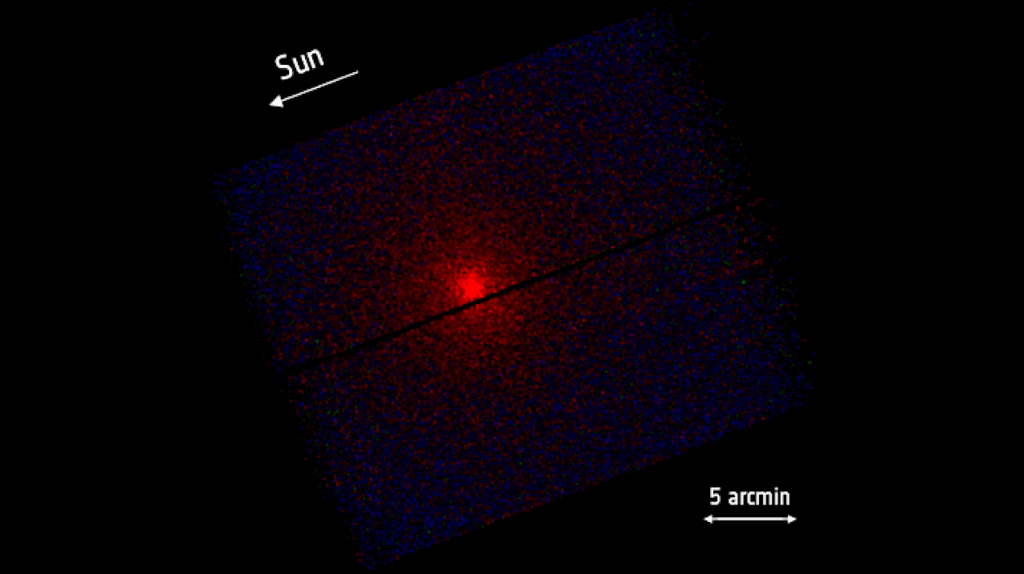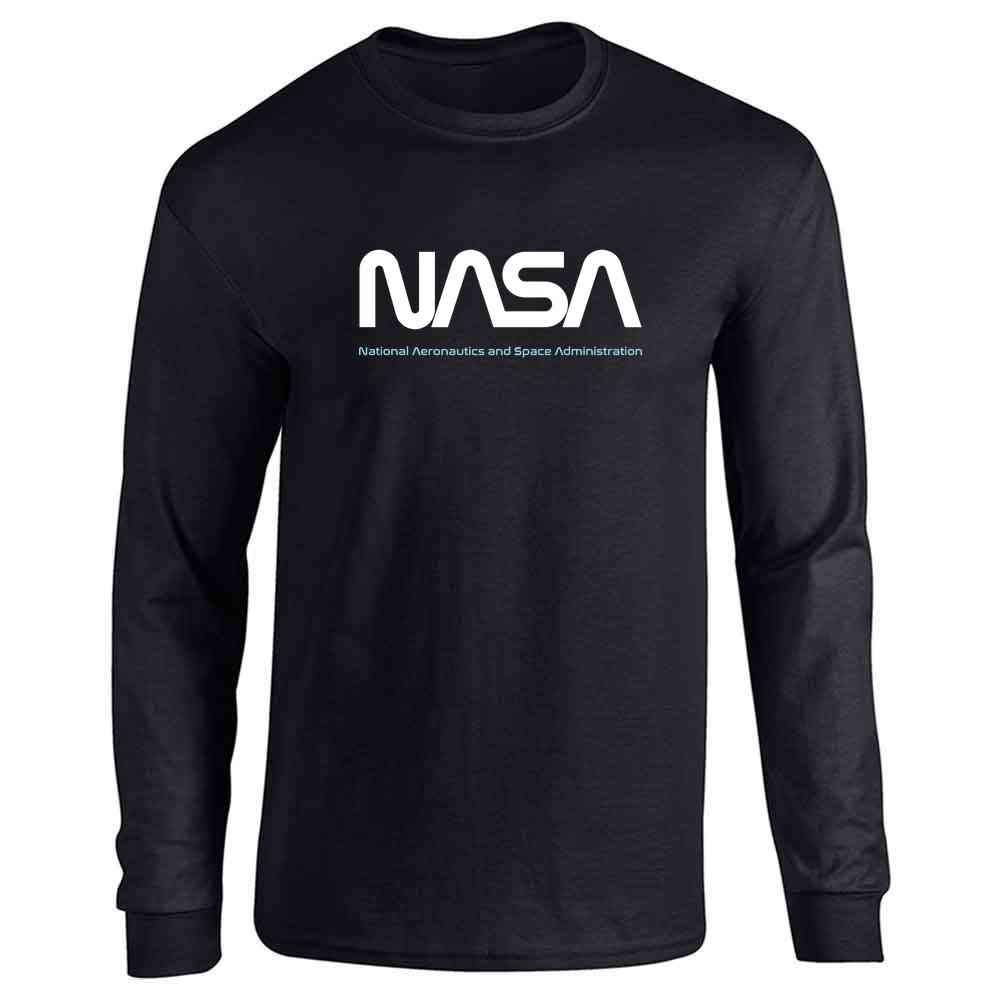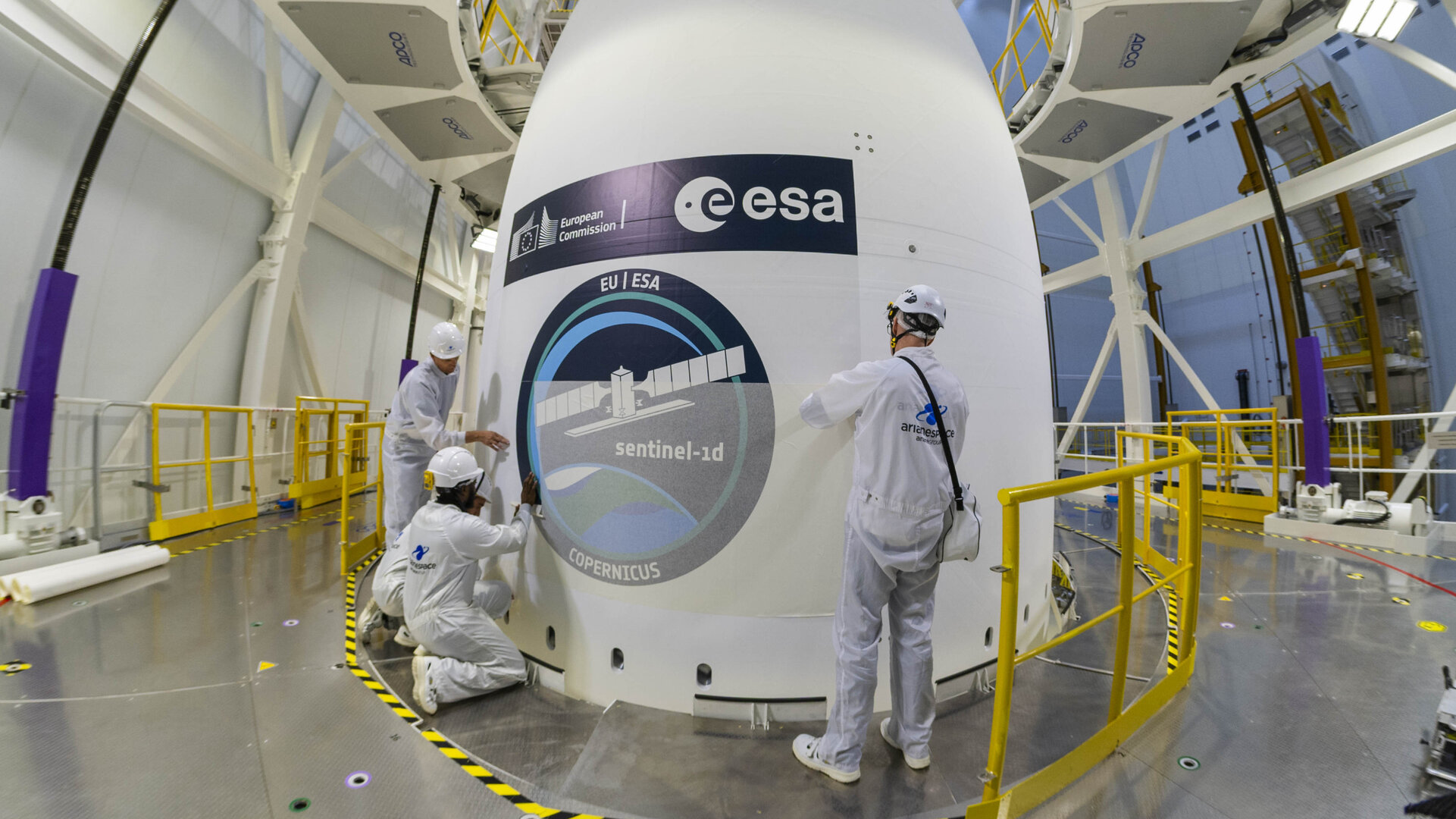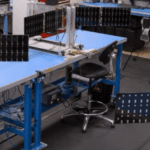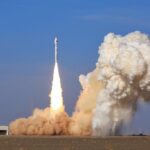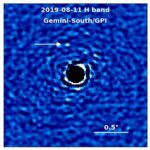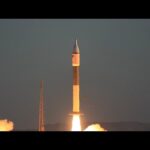Now Reading: ESA Space Safety Fleet
-
01
ESA Space Safety Fleet
ESA Space Safety Fleet
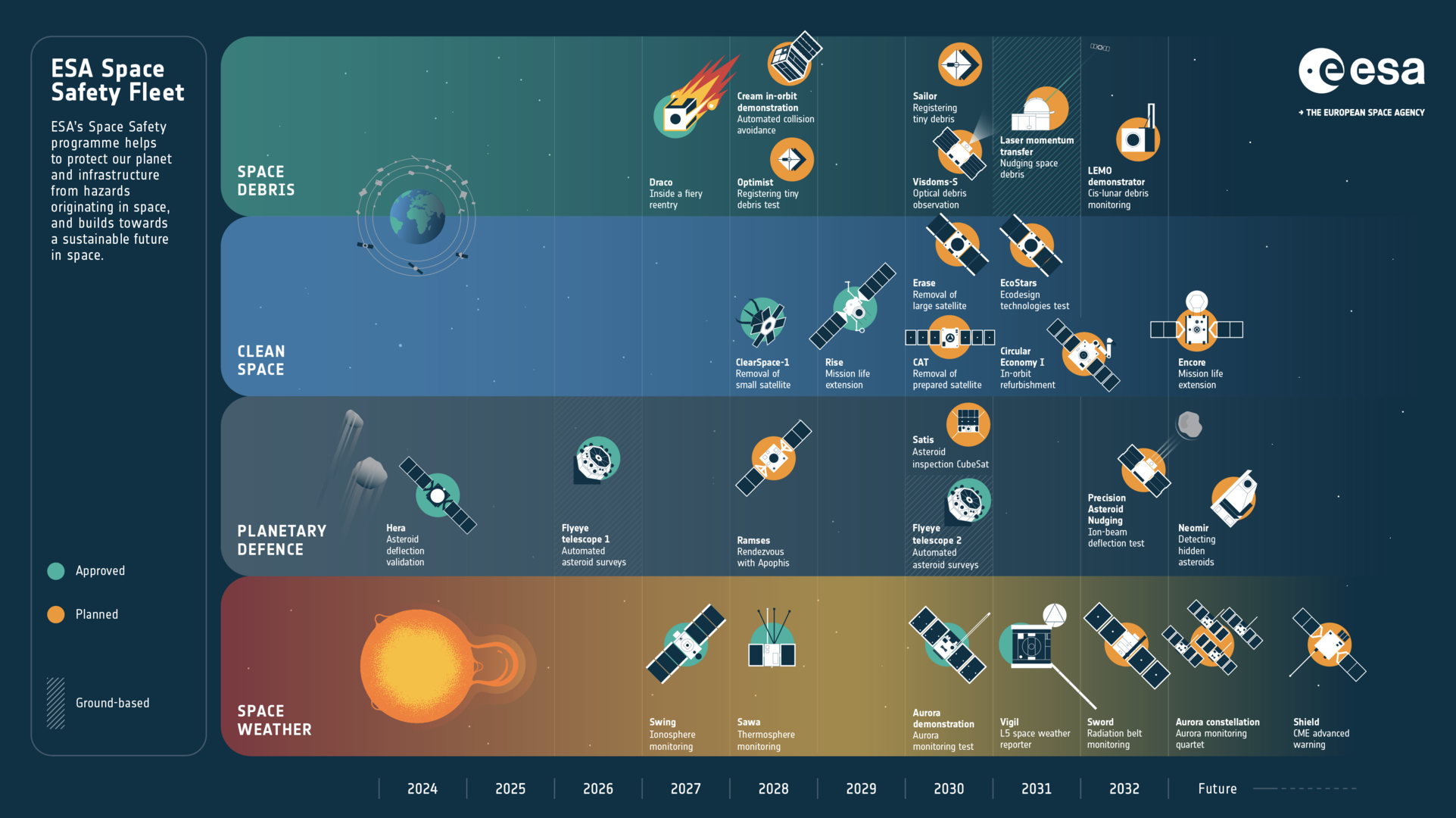

Hazards originating in space carry the risk of sudden disaster and potentially derailing everyday life, from natural threats like asteroids and solar storms to the human-made one of space debris.
ESA’s Space Safety Programme is dedicated to making sure we can detect, predict and mitigate these space hazards in time, and builds towards a sustainable future in space. It aims to build a fleet of missions and other projects to keep us and our future in space safe.
At ESA’s upcoming 2025 Ministerial Conference, the Space Safety Programme is proposing new activities to help ensure independent, continuous access to critical data and satellite services for Europe, imperative in this time of geopolitical instability.
“While ESA’s Space Safety activities help to keep us safe, its activities also help secure Europe’s position at the forefront of exciting new markets and space technologies,” says Holger Krag, Head of Space Safety at ESA.
“We must ensure safety in Earth orbit to have a future in space. This requires new technologies to achieve our ambitious goals as part of ESA’s strategy 2040, and we are here to push this process forward any way we can for Europe.”
One example is the eagerly awaited space weather mission Vigil to a unique location in deep space, from where it can give us crucial warning time. Its advance warnings of oncoming solar storms will help protect spacecraft and astronauts in space and infrastructure on the ground.
Defending Earth against asteroids is quickly becoming reality. The Space Safety programme works on both sides of the planetary defence coin: asteroid detection and predictions are becoming more and more accurate, while missions like Hera and Ramses train our response in case one might be needed.
There is no time to lose to safeguard the future of spaceflight. We must clean up Earth’s orbits and show European leadership in making sure no more debris is generated if Europe wants to benefit from the exciting new technologies and markets in space.
ESA’s Zero Debris efforts aim to build both the sustainable satellites of the future and the community behind them. At the same time, active debris removal and in-orbit servicing missions are paving the way to the ultimate goal of establishing a circular economy in space.
The current reality of debris in orbit also needs continued attention: detecting, tracking and mitigating the effects of space debris. This requires doing research and monitoring the space environment as well as developing practical tools like the CREAM platform for collision avoidance to support satellite operators.
Stay Informed With the Latest & Most Important News
Previous Post
Next Post
-
 012024 in Review: Highlights from NASA in Silicon Valley
012024 in Review: Highlights from NASA in Silicon Valley -
 02Panasonic Leica Summilux DG 15mm f/1.7 ASPH review
02Panasonic Leica Summilux DG 15mm f/1.7 ASPH review -
 03From Polymerization-Enabled Folding and Assembly to Chemical Evolution: Key Processes for Emergence of Functional Polymers in the Origin of Life
03From Polymerization-Enabled Folding and Assembly to Chemical Evolution: Key Processes for Emergence of Functional Polymers in the Origin of Life -
 04How New NASA, India Earth Satellite NISAR Will See Earth
04How New NASA, India Earth Satellite NISAR Will See Earth -
 05And Thus Begins A New Year For Life On Earth
05And Thus Begins A New Year For Life On Earth -
 06Astronomy Activation Ambassadors: A New Era
06Astronomy Activation Ambassadors: A New Era -
07SpaceX launch surge helps set new global launch record in 2024












